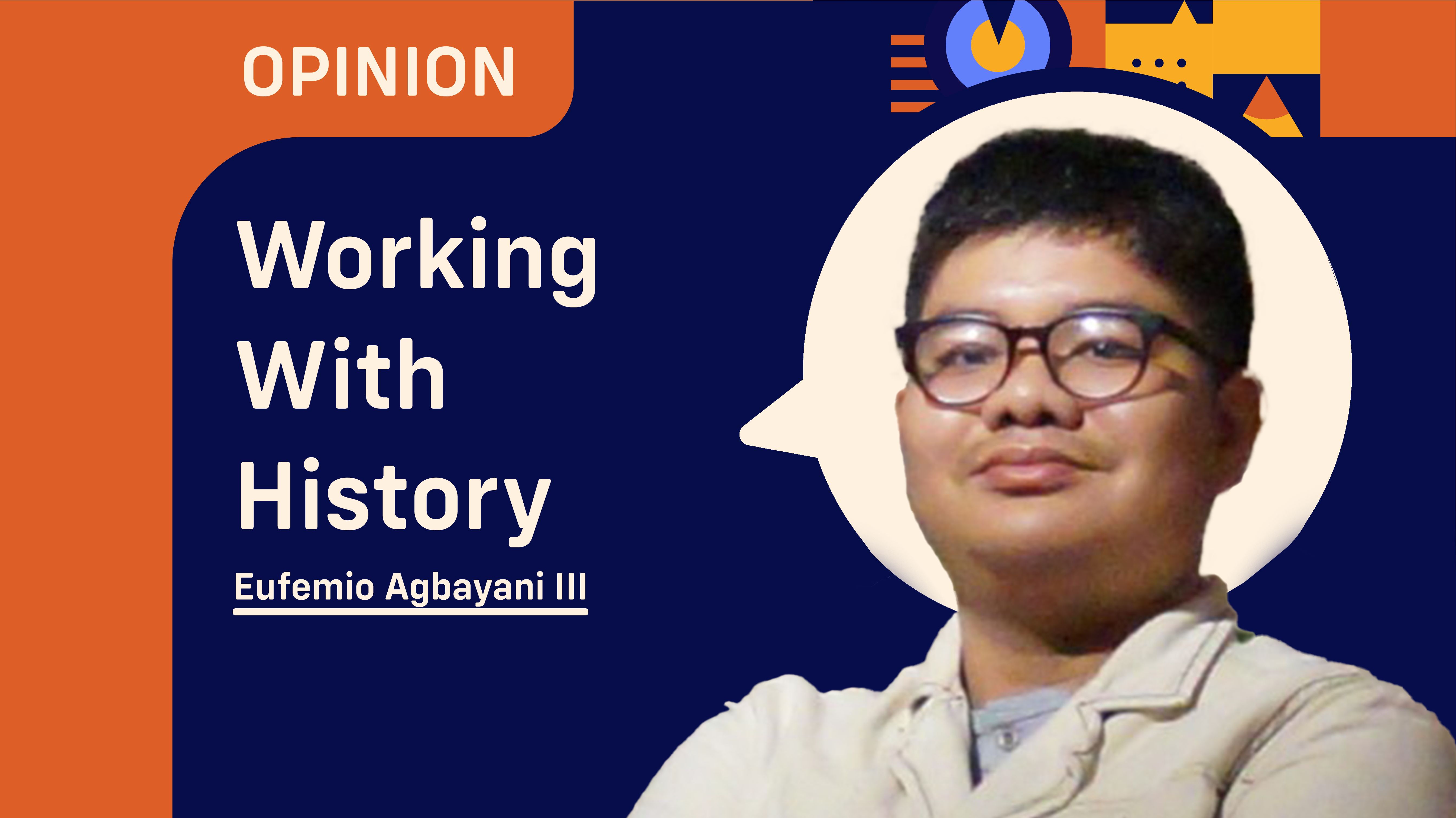This week, we will commemorate the 151st anniversary of the execution of the priests Jose Burgos, Mariano Gomes, and Jacinto Zamora who were falsely implicated in the Cavite Mutiny of January 20, 1872.
But why was this execution such a big deal, such that Laguimanoc town in our province would be named after Padre Burgos in 1927?
First, it showed how much injustice there was under foreign rule. Note how these three priests were supposed to be safe and untouchable as prominent religious and community leaders: Burgos held prominent positions in the Archdiocese of Manila along with Zamora, while Gomes served for almost half a century as parish curate of Bacoor.
Second, it enforced an idea that the colonial rule was unwilling to see races equally. In the early history of the Roman Catholic Church in the Philippines, the leadership of parishes by friars (members of religious orders) was supposed to be a temporary measure until dioceses could train secular priests.
The issue gained a racial angle as the friars in the country who were mostly Spaniards did not just want to lose their power and influence over parishes, they also saw the mostly Filipino secular priests as incapable.
As such, these same friars conflated Burgos' campaign for racial and ecclesiastical equality with planting the seeds of separatism in the Philippines, and this was why they wanted him gone along with Gomes and Zamora.
A newspaper column might not be enough to discuss the nuances of ecclesiastical politics in the mid-19th century, but we can mention how these events snowballed into the creation of our nation. The same racism that prevented Apolinario de la Cruz (aka Hermano Pule) from joinng the Order of Preachers and encouraged him to establish a natives-only confraternity that was violently suppressed in 1841, was the same racism that later secular priests faced.
It also inspired the same desire for independence that the Tayabas Regiment cried for as they rose up in arms and briefly captured Fort Santiago in 1843. This desire for independence was planted in the hearts and minds of Rizal, Bonifacio, the brothers Luna, Aguinaldo, and many more who had been children at the time of the Gomburza's death.
Lastly, the death of Burgos, Gomes, and Zamora remind us of the power of fake news which can cause both benign and deadly effects on our individual and national life. Franciso Zaldua, a soldier who was directly involved in the mutiny, was pressured to implicate the three in exchange for pardon. Unfortunately, this could not save him, and his neck was broken on the garrote before the three priests.
Many things have changed since the events of 1872. Our country is now independent and a Filipino leads the Order of Preachers as its 88th Master. Yet racism and injustice still prevail. We have a long way to go in building an ideal society, and may remembering our history guide us in the right direction.
***
Speaking of the GOMBURZA, the NHCP will premiere a documentary on their life in the Metropolitan Theater, Manila on Friday, February 17, 2023, at 2:00 PM. This documentary will soon be uploaded on the Facebook page of the NHCP for people to freely watch.
